Maintaining a healthy and hydrated skin is an essential part of an effective skincare routine. However, with a myriad of skincare products available on the market, choosing the right moisturizer for your skin can be daunting. Understanding your skin type and the key components to look for in a moisturizer can significantly enhance the effectiveness of your skincare regimen. This article will guide you through the essential aspects of what to look for in a skin moisturizer and offer recommendations based on skin type, ingredients, and quality.
Understanding Skin Types

Understanding your skin type is the first step toward choosing an appropriate moisturizer. The five basic skin types are dry, oily, combination, sensitive, and normal. Each skin type has unique characteristics and needs; identifying yours can help you tailor your skincare routine effectively. For instance, dry skin lacks natural oils and needs a moisturizer that can provide intense hydration, while oily skin requires a lighter, non-comedogenic moisturizer to prevent excess oil production.
Combination skin, as the name suggests, is a mix of oily and dry skin, generally oily in the T-zone and dry on the cheeks. This skin type requires a balanced moisturizer that neither enhances oiliness nor dries out the skin. Sensitive skin is prone to irritation and inflammation, so a moisturizer free from potential irritants like fragrance or harsh chemicals is required. Normal skin is not too dry or oily and can tolerate most moisturizers, but maintaining a balanced moisturizer is still crucial.
Components Of A Good Moisturizer

Once you understand your skin type, the next step is to recognize the key components of a good moisturizer. A basic moisturizer should have three main components: humectants, emollients, and occlusives. Humectants, like glycerin and hyaluronic acid, attract water from the environment or deeper layers of the skin to the outer layer of the skin, keeping it hydrated.
Emollients such as squalene or fatty acids help fill in gaps between skin cells, smoothing rough and flaky skin. They can be especially beneficial for dry skin types. Lastly, occlusives form a barrier on the skin’s surface to prevent water loss. They are primarily used in heavy night creams and are suitable for very dry skin. Recognizing these components on a product label can guide you in choosing a moisturizer that best fits your skin’s needs.
Moisturizers For Dry Skin

Dry skin lacks natural oils and needs a moisturizer that can provide intense hydration. In addition to the key components discussed earlier, moisturizers for dry skin often contain ingredients like ceramides and shea butter. Ceramides are fats naturally found in the skin’s top layer that help retain moisture. They are crucial for maintaining the skin’s barrier function and keeping it hydrated.
Shea butter is a rich emollient that can help moisturize and soothe dry skin. It is packed with fatty acids and vitamins that not only nourish the skin but also help retain moisture by forming a protective barrier on the skin’s surface. Products with these ingredients can effectively hydrate dry skin and restore its natural glow. When choosing a moisturizer for dry skin, look for terms like ‘intensive hydration’ or ‘for very dry skin’ on the product label.
Moisturizers For Oily Skin
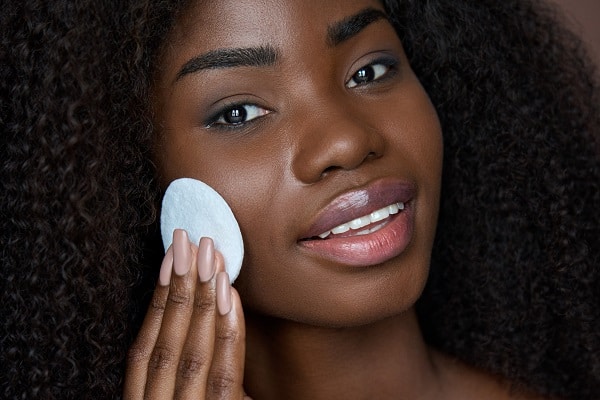
Just because your skin is oily does not mean it can skip moisturization. On the contrary, when the skin is not adequately moisturized, it can produce more oil to compensate for the lack of hydration. As such, people with oily skin should opt for lightweight, non-comedogenic moisturizers that do not clog pores. The aim is to balance hydration without enhancing oiliness.
Ingredients to look for include hyaluronic acid and niacinamide. Hyaluronic acid can provide the necessary hydration without leaving a greasy feel. Niacinamide, on the other hand, can help regulate oil production, improve the skin’s texture, and reduce pore size. Many moisturizers for oily skin also contain salicylic acid or benzoyl peroxide, which can help manage acne-prone skin.
Moisturizers For Combination Skin

Combination skin, characterized by an oily T-zone (forehead, nose, and chin) and dry cheeks, poses a challenge when it comes to choosing a moisturizer. This skin type requires a moisturizer that can balance hydration levels without enhancing oiliness in the oily zones or drying out the dry zones. Gel creams or lightweight lotions are often a good choice for combination skin as they provide balanced hydration.
Some ingredients that can benefit combination skin include aloe vera and green tea. Aloe vera has soothing properties and can provide light hydration without making the skin feel greasy. Green tea has antioxidant and anti-inflammatory properties that can help manage oil production and soothe the skin. Look for moisturizers labeled as ‘for combination skin’ or ‘balances skin’ for this skin type.
Moisturizers For Sensitive Skin

Sensitive skin is prone to irritation and inflammation, so the choice of moisturizer needs to be particularly careful. A good moisturizer for sensitive skin should be free from potential irritants like fragrances, dyes, and harsh chemicals. It should also include soothing ingredients to calm the skin and reduce irritation.
Ingredients like oatmeal and chamomile can be beneficial for sensitive skin. Oatmeal has antioxidant and anti-inflammatory properties that help soothe the skin, while chamomile can calm skin inflammation and irritation. Hypoallergenic and non-comedogenic products are generally suitable for sensitive skin. Always check the product label for potential allergens, and when in doubt, perform a patch test before applying the product to your entire face.
The Role Of SPF In Moisturizers

Sun Protection Factor (SPF) is a measure of how well a sunscreen protects the skin from harmful UV rays. Moisturizers with SPF offer the dual benefit of hydrating the skin and protecting it from sun damage. They are particularly useful for daytime use when the sun’s rays are the most potent. For everyday use, dermatologists typically recommend using a moisturizer with at least an SPF of 30.
For those who spend more time outdoors, a higher SPF may be necessary. Remember, though, while a moisturizer with SPF is great for casual daily sun exposure, it’s not a replacement for a dedicated sunscreen during prolonged outdoor activities. Look for ‘broad spectrum’ on the label, as this means the product protects against both UVA and UVB rays, both of which can harm the skin.
The Role Of Antioxidants In Moisturizers
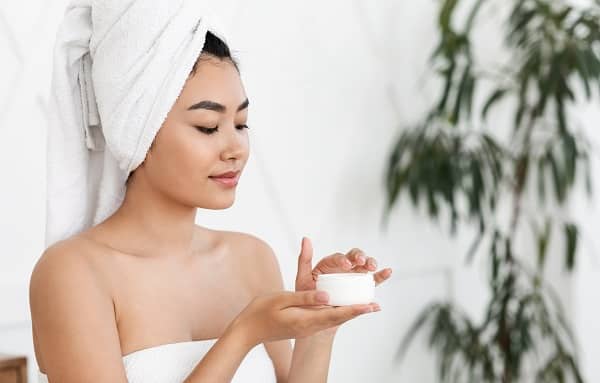
Antioxidants are a significant component in skincare products, including moisturizers, due to their ability to fight off free radicals that cause skin damage and aging. They help to repair the skin, reduce inflammation, and stimulate collagen production. A moisturizer packed with antioxidants can provide these benefits along with regular hydration.
Common antioxidants found in moisturizers include Vitamin C, Vitamin E, and green tea. Vitamin C can brighten the skin, reduce hyperpigmentation, and stimulate collagen production. Vitamin E has healing properties and can also provide protection from UV damage. Green tea, as mentioned before, has anti-inflammatory properties and can soothe the skin. When looking at moisturizers, those with these antioxidants can offer added skin benefits.
Natural Vs. Synthetic Moisturizers
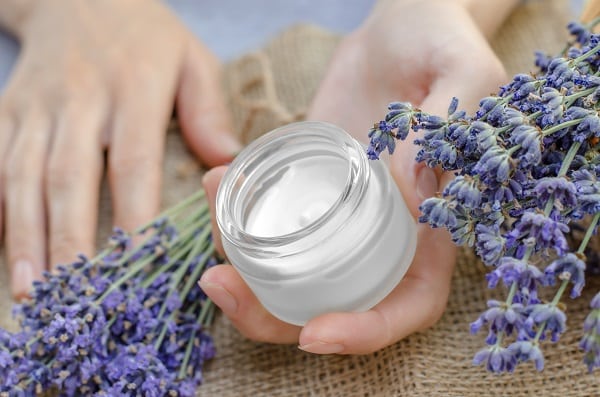
In recent years, the demand for natural or organic skincare products, including moisturizers, has increased. But whether to choose natural or synthetic moisturizers depends on individual preferences and skin tolerances. Natural moisturizers often contain plant-derived ingredients that can nourish the skin. However, they might also include allergens that could irritate sensitive skin.
Synthetic moisturizers, on the other hand, are formulated with lab-made ingredients. They are often more stable and have a longer shelf-life compared to their natural counterparts. Some synthetic ingredients can also offer benefits not found in nature. While there are debates about the efficacy and safety of synthetic versus natural products, it’s crucial to remember that ‘natural’ doesn’t always mean safe, and ‘synthetic’ doesn’t always mean harmful. Always consider your skin type, potential allergens, and the overall formulation of the product.
Price Vs. Quality
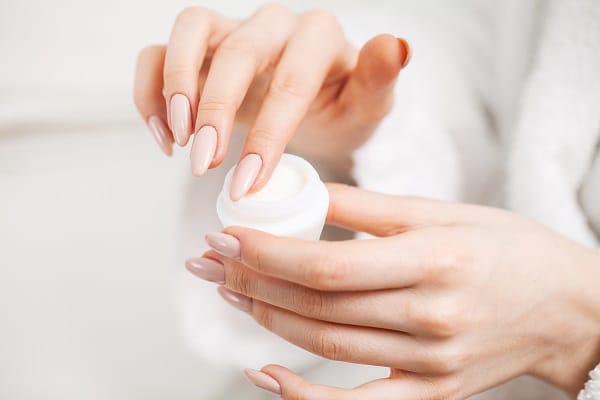
A common misconception is that the more expensive a product, the better its quality. However, this is not always the case. The effectiveness of a moisturizer depends on its formulation and whether it suits your skin type, not its price tag. Some affordable brands offer excellent moisturizers that can compete with high-end ones.
It’s essential to focus on the ingredient list and your skin needs rather than the brand name or price. Sometimes, you’re just paying for the brand name or packaging rather than the actual product quality. Don’t be afraid to try out different products and brands until you find the one that works best for your skin. Remember, the most expensive product isn’t always the best.
Understanding Labels And Marketing Claims
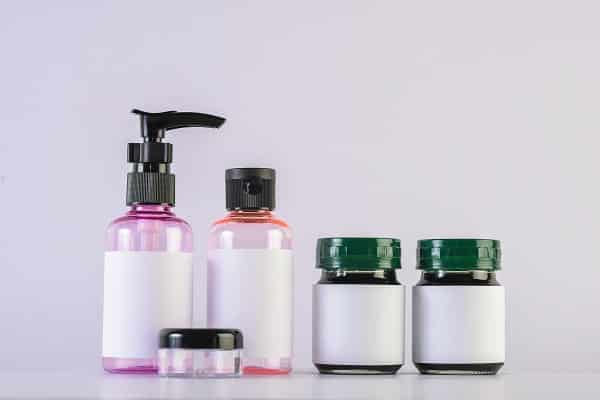
Marketing claims can often be misleading and may not always reflect the actual benefits of a product. It’s essential to understand common terms found on product labels. For example, ‘non-comedogenic’ means the product is formulated to not block pores, which is beneficial for oily and acne-prone skin. ‘Hypoallergenic’ suggests the product is less likely to cause allergic reactions, which is good for sensitive skin.
However, these terms are not regulated by the FDA, so they’re not guaranteed to hold true for everyone. Similarly, marketing claims like ‘dermatologist-tested’ or ‘clinically proven’ may sound impressive, but they provide little information about the product’s actual benefits. Always look beyond the marketing claims and examine the ingredients list and product reviews.
Know What To Look For In A Skin Moisturizer!
Knowing what to look for in a skin moisturizer is a crucial part of your skincare routine. Remember that everyone’s skin is unique, and what works for one person might not work for another. Understand your skin type, consider the key ingredients, evaluate the quality and price, and interpret marketing claims wisely. With these guidelines, you should be well-equipped to make an informed decision when buying a moisturizer. Ultimately, a well-chosen moisturizer will help keep your skin hydrated, healthy, and radiant!


